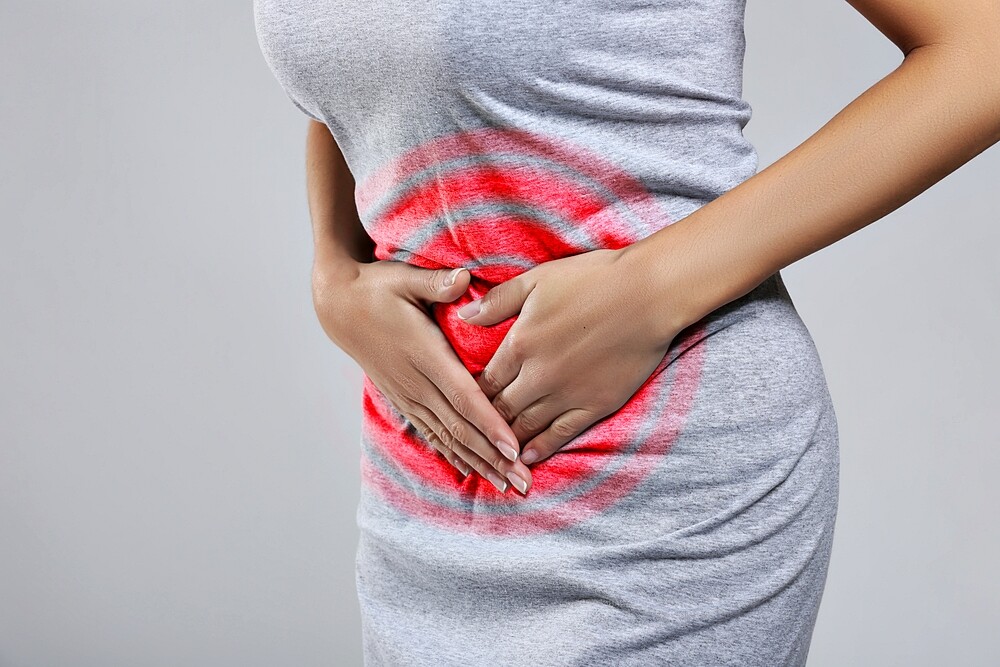Whether women want it or not, the older we get, the more fertility decreases. Especially unpleasant: Not even a healthy lifestyle can change that.
One woman hops from one temporary employment contract to the next, while the other simply doesn’t have the right partner in sight – there are many reasons why many women postpone having children until later. The problem: the older we get, the more difficult it becomes for women to become pregnant. At 23, fertility is at its highest, and between 25 and 30 the probability of pregnancy per cycle is about 23 percent.
Only every sixth woman becomes pregnant at 35 per cycle
From the age of 35, the probability already decreases rapidly and is only 16 percent, as Corinna Mann, senior physician at a Viennese fertility centre, explains in a guest article on “Focus.de”. This means in concrete terms: from 35 onwards, only every sixth woman per cycle becomes pregnant. Unfortunately, a healthy lifestyle does not change this. Unlike in many other areas of our lives, nature has not adapted to social developments in terms of reproduction.
But many women seem to ignore these facts. According to a survey, about half of all couples between 30 and 39 have never doubted that their desire to have children will be fulfilled. Only six percent suspect age to be the reason that it has not yet worked out, and every fourth woman over 40 still considers herself fertile. According to the man, one reason for this is media reports in which women over 40 or even 50 have become mothers again. It is often concealed that artificial insemination was necessary or even that a younger woman’s donated egg was needed.
Great confidence in science
Speaking of artificial insemination: this possible method of conception also seems to be a reason why so many women are confident that they can become mothers again late. However, from the mid-40s onwards, both natural conception and pregnancy are virtually impossible for most women with the help of reproductive medicine: the probability of a 43-year-old woman becoming pregnant is only ten percent, even with artificial insemination. And in only about six out of 100 of these women is the pregnancy successful.
Why are we fertile for so short a time?
Women are already born with around one million eggs – but this number only decreases over the course of a lifetime, never increases. At the start of puberty there are only 300,000 of them, of which only 300 are ultimately used for ovulation. The remaining cells almost completely regress over the course of a lifetime. One in 1,000 women under 30 can also suffer from a generally low egg cell count. This occurs, for example, in women smokers or as a result of endometriosis.
And what does that mean for us now?
In order to avoid unwanted childlessness, women should try to address the desire to have children under 35. If she does not have a partner, co-parenting or sperm donation could be an alternative. Couples should, however, talk explicitly about whether a child is suitable for both – and if so, when. This way, no one has false expectations.

